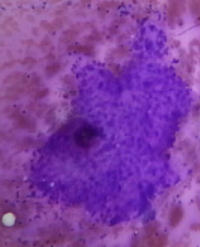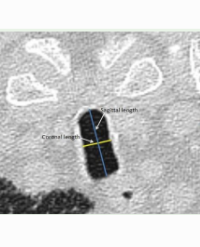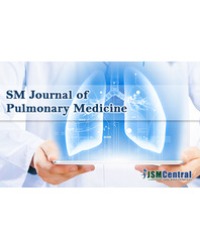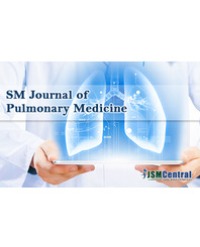
Superior Vena Cava Obstruction in Lung Carcinoma
We report a case of Pancoast tumor with Superior vena cava obstruction and thoracic outlet syndrome in 60 year old patient who has been diagnosed to have undifferentiated lung carcinoma on evaluation. Patient was a chronic smoker from 40 years on treatment for chronic obstructive pulmonary disease and presented with hoarseness of voice, puffiness of face, pain in right arm and chest.
Chest radiography and computerized tomography of thorax showed homogenous density in right upper lobe extending in to superior mediastinum with involvement of multiple groups of lymphnodes. CT guided biopsy confirmed diagnosis of undifferentiated large cell carcinoma. Patient developed clinical features of superior vena caval obstruction in a period of 15 days.
Sreenivasa Rao Sudulagunta¹*, Shyamala Krishnaswamy Kothandapani², and Mahesh Babu Sodalagunta³




